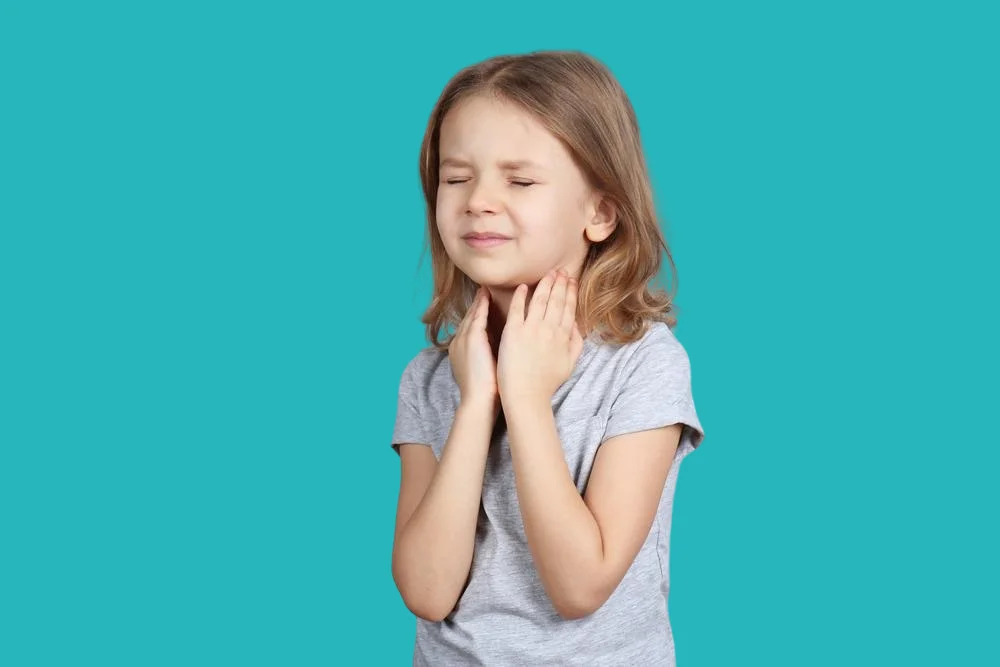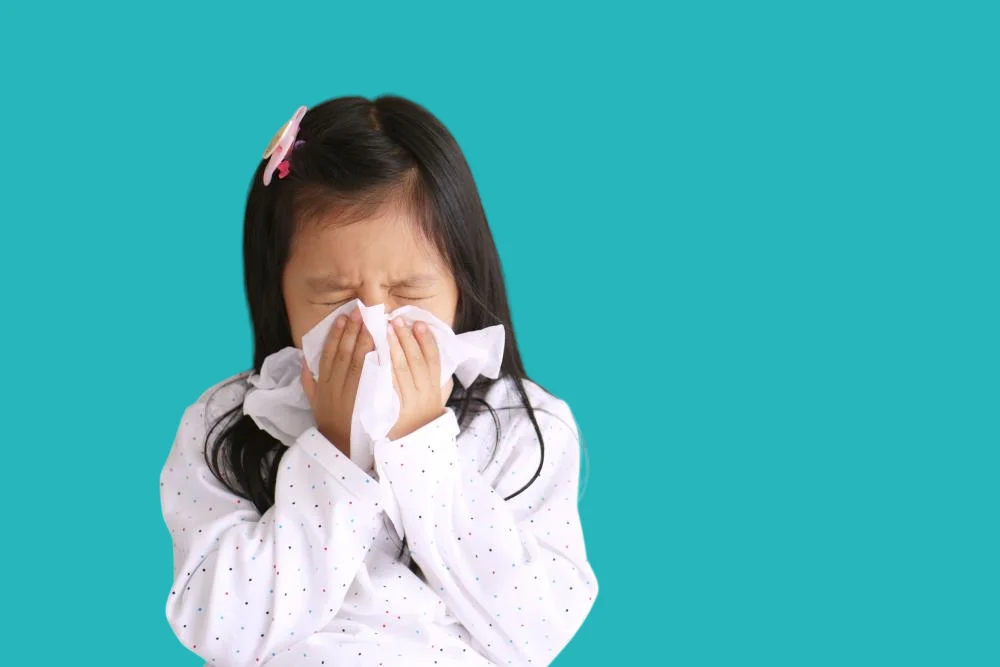Hand, foot, and mouth disease (HFMD) in children is a common viral illness, especially in the first years of life. It spreads easily due to close contact with children.
Although its symptoms resemble those of the common cold, such as mouth ulcers and a rash on the hands and feet, which may be a concern for parents, it is usually temporary and resolves within a week or 10 days.
What is hand, foot, and mouth disease in children
Hand, foot, and mouth disease (HFMD) in children is an infection caused by viruses from the enterovirus family. It is characterized by small blisters on the hands and feet and mouth ulcers.
In addition to cold-like symptoms such as fever and fatigue, this disease is contagious but mild and resolves on its own within a short period with proper care.
Causes of Hand, Foot, and Mouth Disease in Children
The main cause of hand, foot, and mouth disease in children is Coxsackievirus 16, which is easily transmitted between children due to:
- The child's weak immune system.
- Contacting blisters.
- Using shared utensils.
- Touching contaminated surfaces.
- Direct contact with an infected child.
What are the symptoms of hand, foot, and mouth disease in
children

Symptoms of hand, foot, and mouth disease appear 3-7 days after infection and are as follows:
- Fever.
- Sore throat and difficulty swallowing.
- Loss of appetite and fatigue.
- Red blisters or a rash on the hands and feet.
- Painful sores or blisters inside the mouth and on the tongue.
How is hand, foot, and mouth disease diagnosed in children
Hand, foot, and mouth disease is diagnosed in children through a clinical examination, where the doctor relies on observing the characteristic symptoms of the disease.
Rarely, the doctor may order tests to ensure the absence of other similar infections or complications.
Complications of Hand, Foot, and Mouth Disease
Hand, foot, and mouth disease rarely causes serious complications in children, but neglecting to treat it may lead to the following complications:
- Secondary infection.
- Encephalitis.
- Dehydration.
- Meningitis.
- Acute flaccid paralysis.
- Cardiopulmonary arrest.
- Myocarditis.
How can I protect my child from hand, foot, and mouth disease

You can protect your child from the risk of hand, foot, and mouth disease by following these guidelines:
- Wash your hands thoroughly.
- Strengthen your child's immune system.
- Avoid contact with infected children.
- Do not share personal items.
- Teach your child proper cough and sneeze etiquette.
- Disinfect frequently touched surfaces.
Ways to Treat Hand, Foot, and Mouth Disease in Children
There is no specific treatment to eliminate the hand, foot, and mouth virus in children, but treatment aims to alleviate the symptoms, the most important of which are:
- Rest at home.
- Drink plenty of fluids.
- Offer soft, easy-to-swallow foods.
- Use mouthwash to relieve sores.
- Use calamine for blisters and rashes.
- Give your child a fever reducer and a pain reliever.
When does a hand, foot, and mouth virus infection end in a child
Infection begins 2-3 days after exposure to the virus, and symptoms last 7-10 days. Children are often contagious during the first few days of illness.
When should your child see a doctor
Your child should see a doctor if symptoms do not improve within 10 days, if the fever lasts for more than 3 days, and if the child is an infant under 6 months old.
This should also be done if the child is unable to drink normally or has a weakened immune system.
Article Summary
Hand, foot, and mouth disease (HFMD) is a viral illness common among young children. It is characterized by a rash or blisters on the hands and feet and mouth ulcers.
Although it is contagious, it is usually mild and can be cured within about 10 days with proper care, rest, and symptomatic relief with appropriate medications.